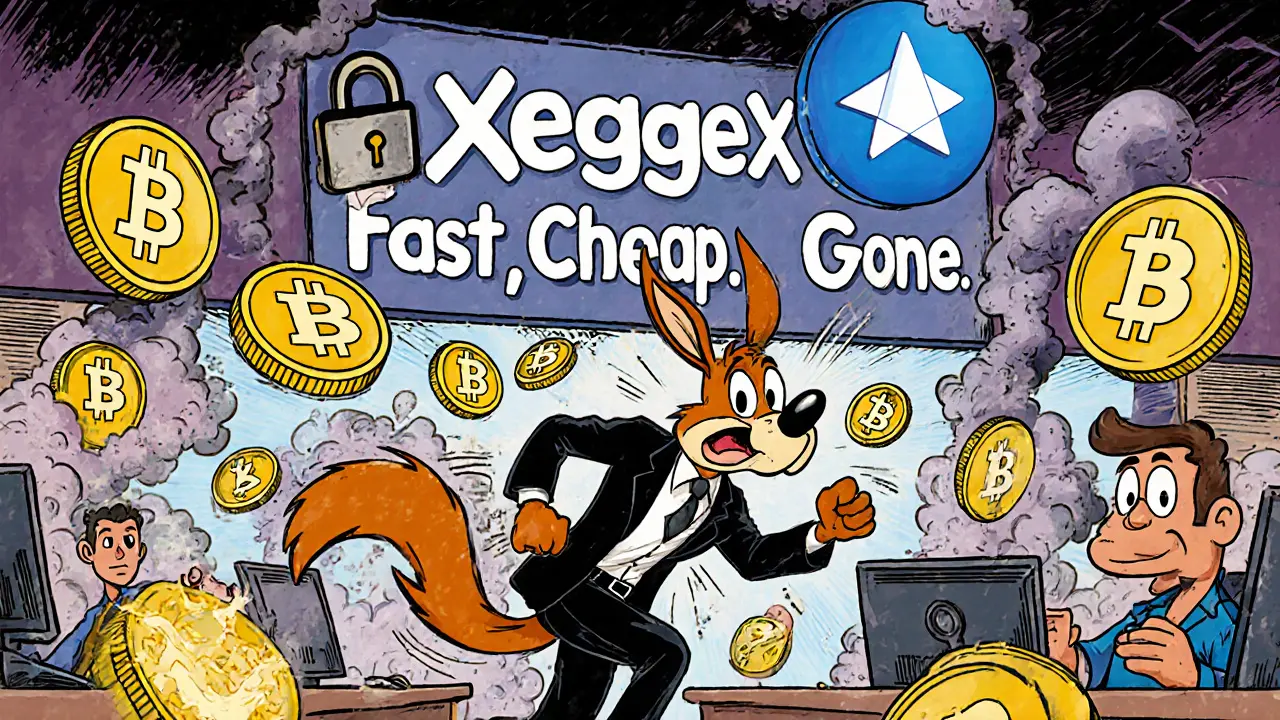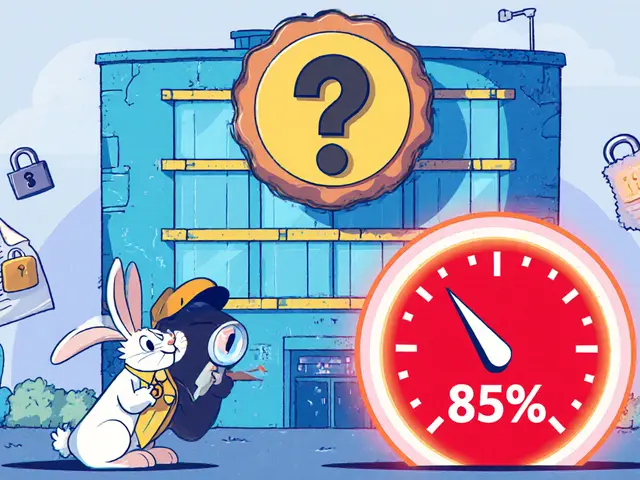Failed Crypto Exchange: What Happens When Exchanges Collapse and How to Avoid Them
When a failed crypto exchange, a digital platform that once let users trade cryptocurrencies but later shut down due to fraud, mismanagement, or regulatory pressure. Also known as crypto exchange collapse, it leaves users locked out of their funds, often with no recourse. This isn’t rare. Over 100 exchanges have vanished since 2017, and many more are teetering. The problem isn’t just bad luck—it’s usually avoidable negligence or outright fraud.
Most failed crypto exchanges, platforms that disappear after stealing user funds or failing to maintain basic security. Also known as crypto scam, they often share the same red flags: no clear team, zero transparency about reserves, no independent audits, and promises of unrealistic returns. Look at projects like Paradox (PARADOX) or X Project (XERS) from our collection—both have zero exchange listings and dying communities. That’s not coincidence. When an exchange or token has no real trading volume, no updates, and no verified team, it’s a warning sign. The same applies to exchanges that won’t disclose where they hold customer funds. If they can’t prove they’re not just holding your money in a private wallet, they’re not trustworthy.
unregulated exchange, a crypto trading platform operating without official licensing or oversight from financial authorities. These are the ones that vanish overnight. Countries like Bolivia and Egypt have cracked down on unlicensed operations, and regulators like the SEC and CFTC are now actively chasing them. You don’t need to be a lawyer to spot one: if the exchange doesn’t mention compliance, licensing, or KYC/AML policies, walk away. Even if it looks polished, if it’s not registered anywhere, it’s a gamble with your life savings.
And it’s not just about losing money. A crypto exchange collapse, the sudden shutdown of a trading platform, often due to insolvency, hacking, or fraud. can trigger panic across the whole market. When FTX fell, it dragged down dozens of smaller platforms and DeFi protocols tied to its ecosystem. Flash loan attacks, like the ones we’ve covered on DeFi protocols, often exploit the same weak security practices that lead to exchange failures. If an exchange doesn’t use multi-sig wallets, doesn’t do regular penetration testing, or hides its cold storage details, it’s already on borrowed time.
So what can you do? First, never keep more on an exchange than you’re willing to lose. Second, check if the exchange is listed on trusted directories like CoinMarketCap or CoinGecko—but even that’s not enough. Look at trading volume trends, community activity, and whether they’ve ever been audited by a known firm like CertiK or PeckShield. Third, move your assets to a personal wallet as soon as you can. If you’re not actively trading, holding crypto on an exchange is like leaving your cash in a sketchy motel safe.
The posts below show you exactly how this plays out in real life—whether it’s a token with no exchange listings, a platform that vanished after promising high yields, or a regulatory crackdown that wiped out an unlicensed operator. You’ll see the patterns before they become headlines. This isn’t theory. It’s what’s already happened—and what’s still coming. Know the signs. Protect your assets. Don’t wait until it’s too late.







Categories